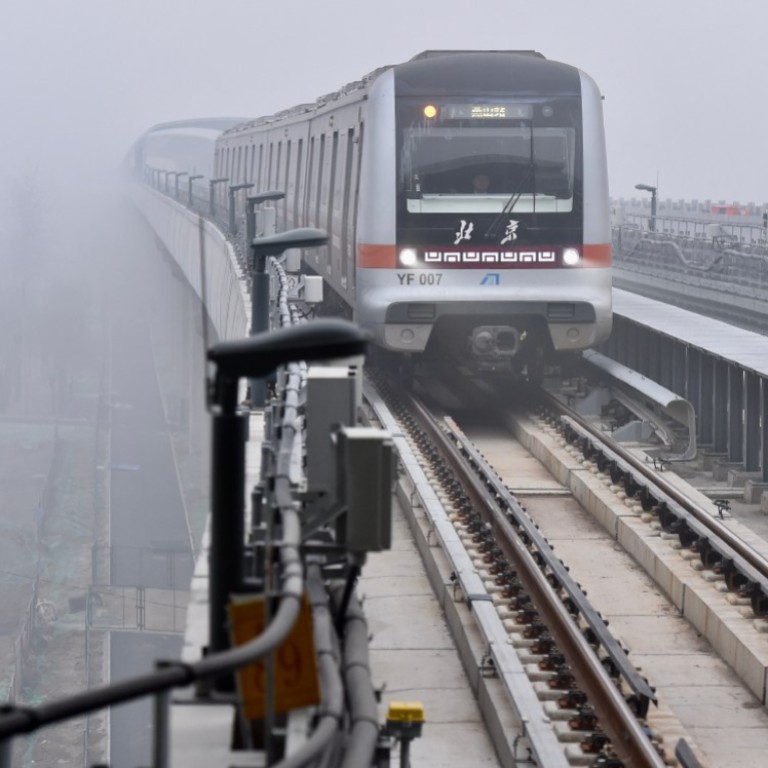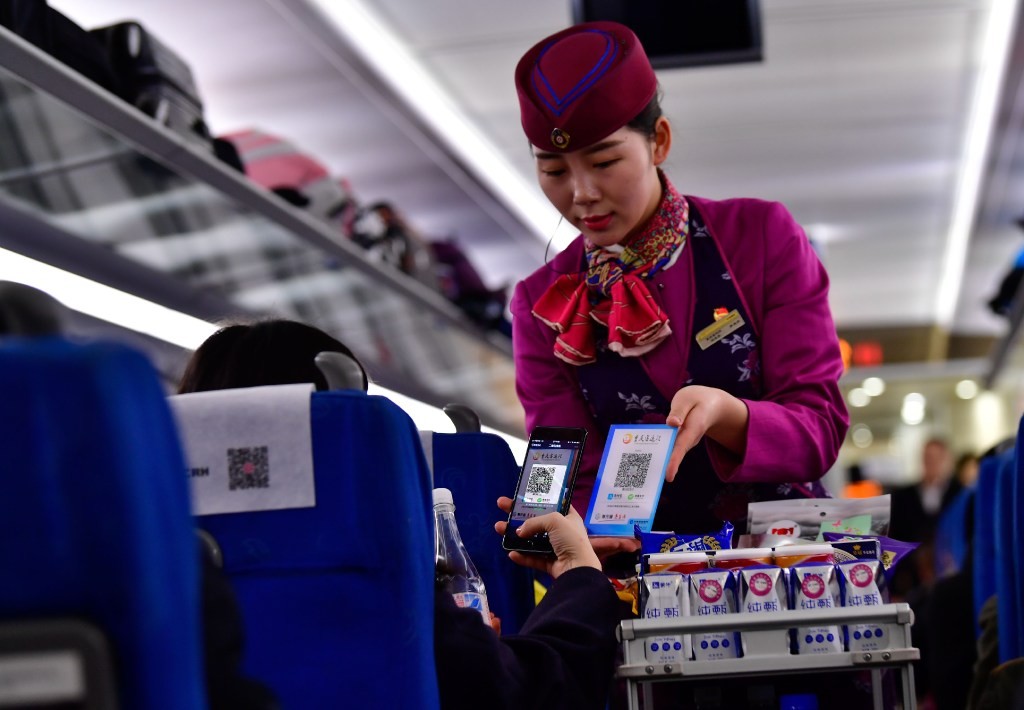
You can now use Apple Pay on the subway in Shanghai and Beijing
QR code payments still dominate in China but NFC is gaining ground
Cost is a major barrier: NFC requires special and often expensive hardware for shops, and a high-end smartphone for consumers. But QR codes are much simpler. All a consumer needs is a phone with a camera. And all a shop needs is the code itself!

Despite NFC payment’s growth, Apple is facing a few issues. On social media this week, a number of people are complaining about what looks like a common problem with Apple Pay on transit: Being charged the wrong fare.
For more insights into China tech, sign up for our tech newsletters, subscribe to our Inside China Tech podcast, and download the comprehensive 2019 China Internet Report. Also roam China Tech City, an award-winning interactive digital map at our sister site Abacus.

